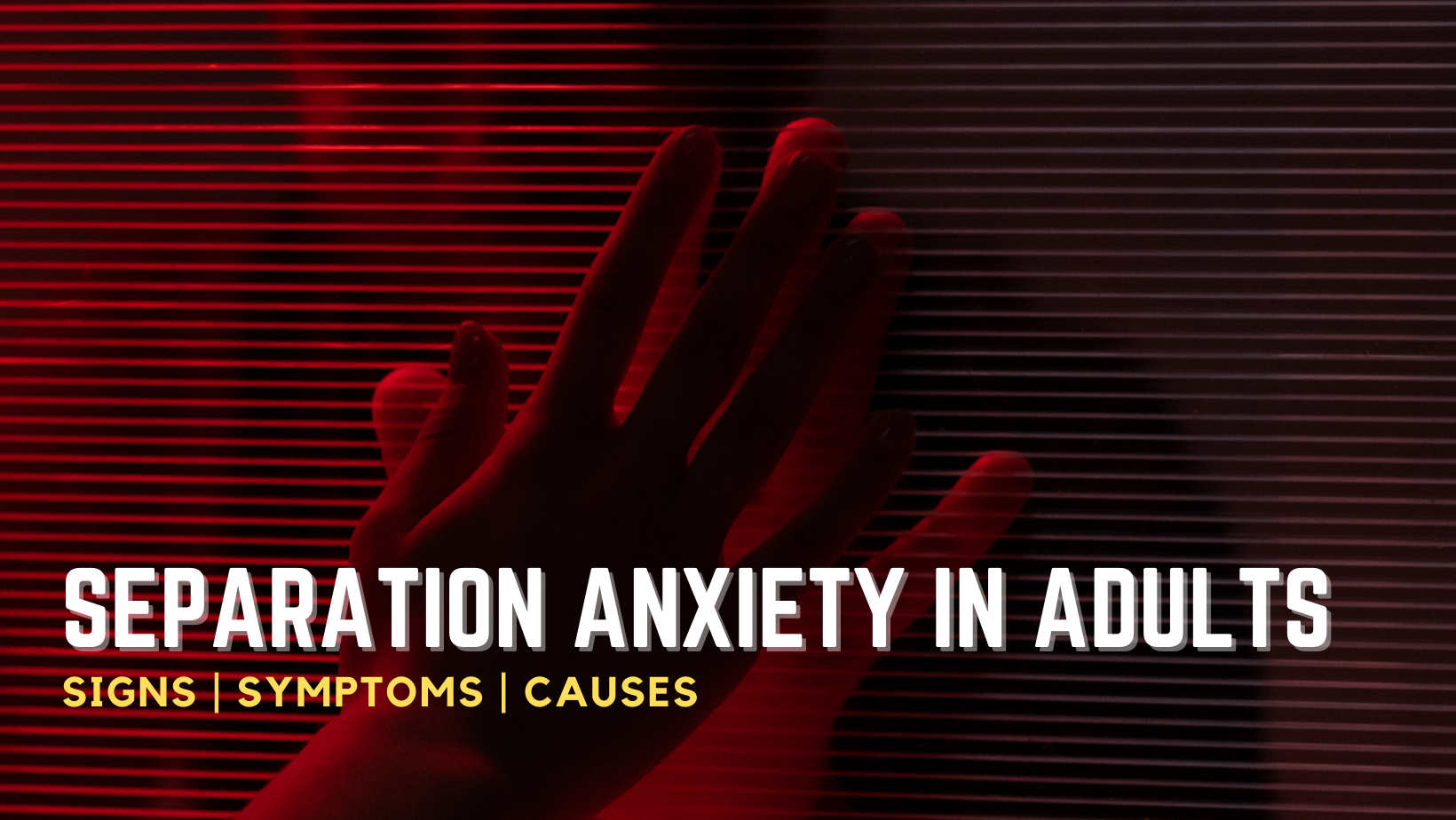The concept of ‘Borderline Silent Treatment‘ is a critical aspect of understanding how individuals with Borderline Personality Disorder (BPD) manage their emotional turmoil. This behavioral pattern, though often misunderstood, plays a significant role in the dynamics of relationships involving a person with BPD. In this article, we aim to explore what Borderline Silent Treatment entails and offer practical advice on dealing with it effectively.
What Is Borderline Silent Treatment?
Borderline Silent Treatment is a form of non-verbal communication often used by individuals with Borderline Personality Disorder. It involves withdrawing from conversations and interactions as a coping mechanism to deal with overwhelming emotions or perceived threats, such as fear of abandonment or rejection. Unlike typical silent treatments that might occur in various relationships, the Borderline Silent Treatment is deeply rooted in the emotional instability and intense fear of loss that characterize BPD.
This behavior can manifest in different ways, ranging from brief periods of silence to prolonged avoidance of communication. It’s essential to recognize that this silence is not always a conscious choice or a means of manipulation. Instead, it often represents the individual’s inability to process and articulate their complex and intense emotions effectively. The silent treatment is, in many cases, a defense mechanism against perceived emotional danger or a way to express hurt that they cannot verbalize.
How To Identify Borderline Silent Treatment?
Recognizing Borderline Silent Treatment involves understanding its triggers and manifestations. Common triggers include feelings of insecurity, fear of abandonment, perceived criticism, or relationship conflicts. The behavior may be characterized by complete non-communication, avoiding eye contact, physical distance, or refusal to engage in usual activities. It’s important to distinguish this behavior from typical mood swings or silent treatments seen in general relationships. The intensity, frequency, and the underlying fear and pain differentiate Borderline Silent Treatment from other forms of communication withdrawal.
Communicate Effectively
Addressing Borderline Silent Treatment begins with effective communication. It’s crucial to approach the individual calmly and empathetically, recognizing that their behavior is a response to emotional pain. Open, honest, and non-confrontational communication can help break the barrier of silence. Here are some tips:
- Express Understanding: Acknowledge their feelings and the difficulty they might be experiencing in expressing them. Let them know you understand that their silence is not a personal attack but a coping mechanism.
- Encourage Open Dialogue: Invite them to share their feelings when they feel ready, ensuring them that you are willing to listen without judgment.
- Avoid Pressuring: Give them space and time. Pressuring them to communicate can increase their emotional distress.
- Use Non-Verbal Cues: Sometimes, non-verbal communication like a gentle touch or a reassuring presence can be more effective than words.
Set Boundaries
Setting healthy boundaries is essential when dealing with Borderline Silent Treatment. It’s important to protect your emotional well-being while trying to support the individual. Communicate your limits clearly and kindly. For instance, let them know that while you understand their need for silence, certain behaviors are not acceptable. Boundaries might include not tolerating abusive behavior, defining personal space, or specifying the times you are available to talk. Remember, boundaries are not punitive but are meant to maintain a healthy and respectful environment for both parties.
Seek Professional Help
Professional help can be invaluable in managing Borderline Silent Treatment. Therapists trained in dealing with BPD can provide strategies and tools to both the individuals with BPD and their loved ones. Therapies like Dialectical Behavior Therapy (DBT) are particularly effective in teaching individuals with BPD how to regulate their emotions and improve their communication skills. For partners or family members, counseling can offer support and guidance in understanding and coping with the challenges of being in a relationship with someone with BPD.
Self-Care and Support Are Essential
Caring for someone who exhibits Borderline Silent Treatment can be emotionally draining. It’s crucial to practice self-care and seek support. Engage in activities that relax and rejuvenate you, maintain a healthy lifestyle, and connect with friends or support groups who understand what you’re going through. Remember, taking care of yourself is not selfish; it equips you to be more present and supportive in your relationship.
Dealing with Borderline Silent Treatment requires patience, understanding, and a compassionate approach. It’s a journey of navigating complex emotions and behaviors that are deeply ingrained in the psyche of someone with BPD. By understanding the underlying causes, communicating effectively, setting boundaries, seeking professional help, and practicing self-care, you can develop a healthier way to cope with this challenging behavior. Remember, with the right approach and support, it is possible to build a meaningful and fulfilling relationship with someone experiencing Borderline Silent Treatment.
Frequently Asked Questions
1. What exactly is Borderline Silent Treatment?
Borderline Silent Treatment is a behavioral pattern commonly seen in individuals with Borderline Personality Disorder (BPD), where they withdraw from communication and interaction. This often stems from their inability to process and express complex emotions, acting as a defense mechanism against overwhelming feelings or perceived emotional threats.
2. How can I tell if someone is giving me Borderline Silent Treatment or just needs space?
Distinguishing Borderline Silent Treatment from a simple need for space involves understanding the context and the individual’s typical behavior patterns. Borderline Silent Treatment is often a response to specific triggers like fear of abandonment or perceived criticism and is characterized by a complete withdrawal from communication. If the silence feels abrupt and is accompanied by other signs of emotional distress, it may be Borderline Silent Treatment.
3. How to communicate with someone giving Borderline Silent Treatment?
Effective communication with someone undergoing Borderline Silent Treatment includes expressing understanding and empathy, inviting open dialogue without pressure, and using non-verbal cues to show support. It’s important to approach the person calmly and assure them of your willingness to listen when they are ready to share.
4. Why is setting boundaries important when dealing with Borderline Silent Treatment, and how can I do it respectfully?
Setting boundaries is crucial to maintain a healthy relationship and protect your emotional well-being. You can set boundaries respectfully by clearly and kindly communicating your limits, such as not tolerating abusive behavior and defining personal space. It’s important to convey that these boundaries are meant to foster a respectful and healthy environment for both parties.
5. Can therapy help with managing Borderline Silent Treatment, and what kind is most effective?
Therapy can be highly beneficial in managing Borderline Silent Treatment. Dialectical Behavior Therapy (DBT), which focuses on emotional regulation and interpersonal effectiveness, is particularly effective for individuals with BPD. For their partners or family members, therapy can provide support, coping strategies, and a better understanding of the condition.
6. What self-care strategies are recommended for someone dealing with a partner exhibiting Borderline Silent Treatment?
Self-care strategies include engaging in relaxing and rejuvenating activities, maintaining a healthy lifestyle, connecting with supportive friends or groups, and seeking professional help if needed. Taking care of your own emotional and physical well-being is crucial to be an effective support to your partner.
7. How can I support a loved one with BPD who often resorts to silent treatment?
Supporting a loved one with BPD involves understanding their emotional triggers, empathizing with their challenges, encouraging professional help, and maintaining open communication. It’s important to acknowledge their feelings without necessarily enabling the behavior. Encourage expression in healthier ways and reinforce positive communication patterns.
Disclaimer: This article is for informational purposes only and is not a substitute for professional medical advice, diagnosis, or treatment. Always seek the advice of your physician or other qualified health provider with any questions you may have regarding a medical condition.




